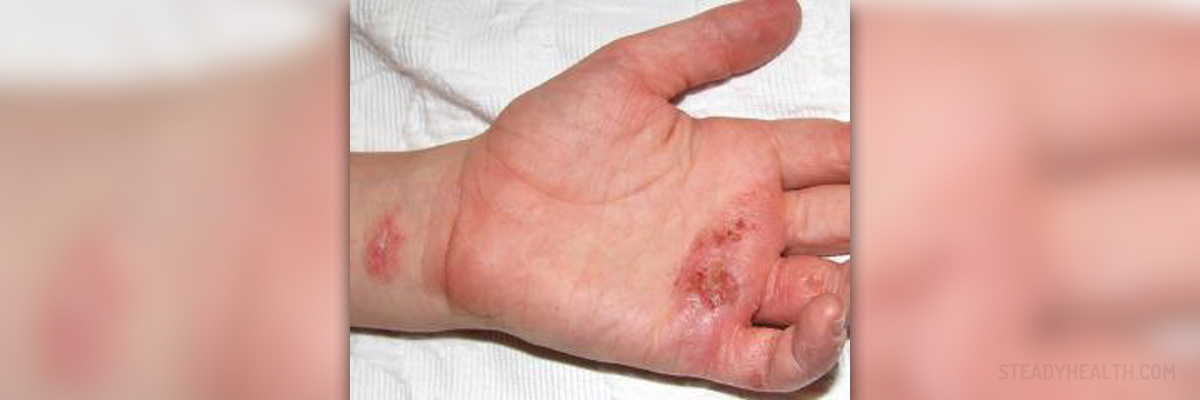
Occupational skin diseases and conditions, like occupational eczema, have the same symptoms, treatment and prognosis as the same diseases acquired in other ways, but what differentiates them is the fact that they are acquired at work. Certain jobs include exposure to substances and agents that may cause the onset of a dermatological condition, and diagnosing them may require some detective work from both the doctor and the patient. Once the cause is determined, the patient is advised to avoid it and the adequate medication is prescribed by the doctor.
The most frequent occupational eczema and eczema-like conditions are irritant contact dermatitis, allergic contact dermatitis, contact urticaria, skin infections, acne and prickly heat.
Irritant contact dermatitis
In irritant contact dermatitis, the symptoms can vary from mild, like red, chapped skin, to moderately severe and severe, like blisters, cracks, lesions, severe itch, and pain. The onset of the condition is caused by contact with irritants at the workplace, and aggravated by environmental factors like hat, humidity, friction and others.
The most common on-the-job irritants include acids, glues and adhesives, bacteria, fungi, aromatic chemicals and their salts, metals, glass fibers, oils, greases, sawdust, plants, solvents, soaps, tar and asphalt. Long periods of exposure can cause eczema, but in people who are genetically predisposed to exaggerated response to such irritants the reaction may be instant.
Allergic contact dermatitis
This skin condition is similar to irritant contact dermatitis, but the substances and agents that act as triggers are allergens and not irritants. Some chemicals seem to act as allergens more often than others. Those usually belong to a group called heptens, although there are others, considered hepten-like, for example nickel, that can trigger an allergic reaction.
The reaction can be local or systemic. Locally, it usually involves face, neck, ears, hands and feet. Triggers or allergens can be cosmetic products, jewelry, latex and rubber products, dyes in clothing, shoe liners, adhesives in shoes, and many more.
In order to treat this type of occupational eczema, it is necessary to identify and substitute the allergen. The treatment may consist in topical corticosteroids, emollients, oral antihistamines and ultraviolet radiation.
Contact urticaria
Contact urticaria involves hives, and it can be allergic, non-allergic, combined, and combined eczematous and urticarial. Hives, which are red and raised itchy lesions, occur in the middle layer of the skin after coming in contact with certain substances at the workplace. Contact urticaria should be evaluated by a doctor who will determine what is causing it and how to treat it.
Other skin problems that include eczema or are similar to eczema, like skin infections, acne, prickly heat and frictional dermatitis are also common in certain lines of work. For example, people who wear hard hats, helmets and gear straps may suffer from acne, just like actors who wear a lot of makeup. Skin infections are seen in agriculture, veterinary medicine and food processing. Frictional dermatitis is common in people who handle tools, fabrics and paper, and so on.



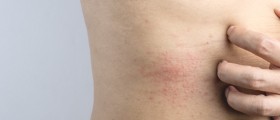




-Causes,-Symptoms-And-Diagnosis_f_280x120.jpg)
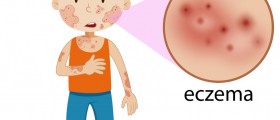

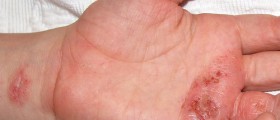

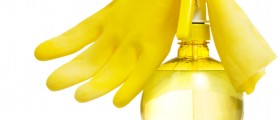



Your thoughts on this
Loading...